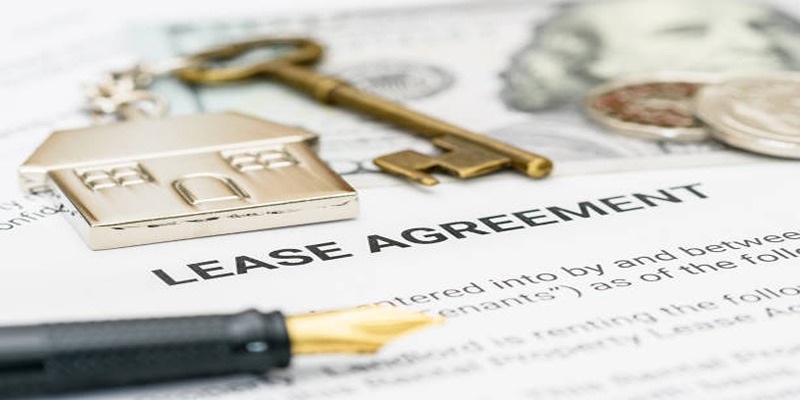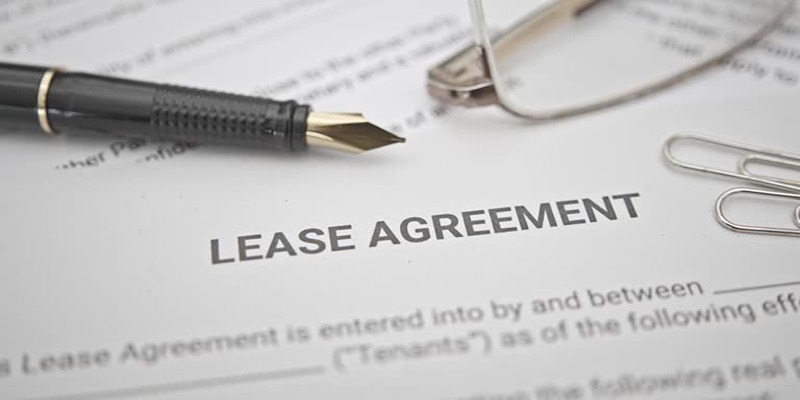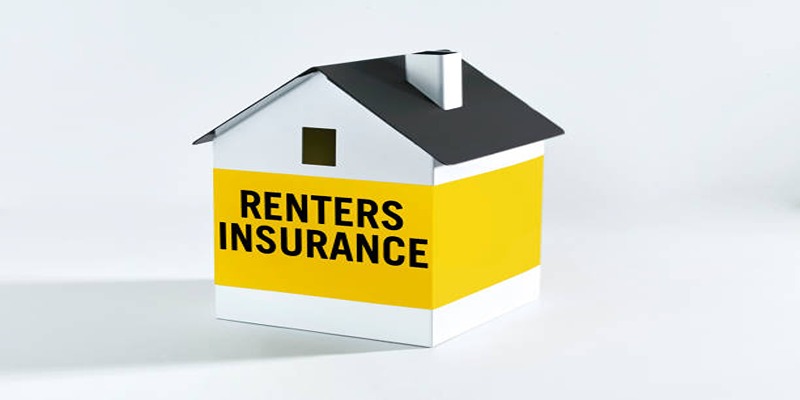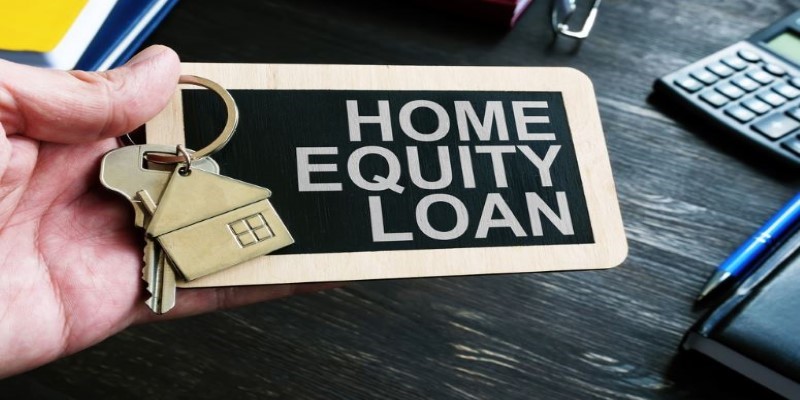Handling a broken lease as a landlord can be challenging, but with the right approach, you can resolve it efficiently while protecting your property and legal rights. Whether a tenant leaves abruptly or violates their lease terms, swift and proper action is key. This guide outlines the essential steps to take when dealing with a broken lease, helping you navigate the situation smoothly and effectively.
What is Broken Lease Agreement?

A broken lease occurs when a tenant fails to meet their contractual obligations outlined in the lease agreement. This could range from leaving the property before the lease term ends to repeatedly ignoring outlined rules, such as the no-pet policy or subletting without approval.
Knowing the rights and obligations of both landlord and tenant is vital. Here’s why acting correctly from the start is important:
- Legal Compliance: Following the proper procedures ensures you stay compliant with local landlord-tenant laws.
- Financial Protection: Enables you to seek compensation or recover some losses effectively.
- Avoids Escalation: A calm, fair, and systematic approach reduces the risk of disputes from escalating.
Steps to Take If Your Tenant Breaks Their Lease
1. Review the Lease Agreement
Before taking any action, closely review the lease agreement your tenant signed. Pay special attention to these details:
- Lease Break Clause: Some agreements have an "early termination clause" or specific penalties for breaking the lease.
- Tenant Obligations: Cross-check whether the tenant has indeed breached any terms.
- Grace Period or Remedies: Look for any conditions that define a timeline to resolve issues or penalties for specific infractions.
Ensure that your agreement complies with local landlord-tenant laws, which may require you to allow reasonable notice periods or flexibility under certain circumstances.
Example: If a tenant breaks their lease early but pays an agreed-upon fee as per the lease break clause, legally, they may not owe any further rent or penalties.
2. Communicate with the Tenant
Clear communication can often resolve issues without needing formal action.
- Reach out to the tenant to understand their reasons for breaking the lease. Life situations like job relocations, financial hardships, or family emergencies often lead to such decisions.
- If possible, negotiate an amicable solution. For example, the tenant could agree to cover rent until a new tenant is found, or adhere to a settlement fee.
Keep all communication documented. Written correspondence, like emails or letters, ensures there’s a clear record of agreements reached or notices served.
3. Understand State Laws Regarding Broken Leases
Tenant-landlord laws can vary significantly by state or region. Familiarize yourself with local legal requirements, including:
- Requirements for notifying tenants or issuing formal warnings.
- Obligations as a landlord to mitigate damages (e.g., finding a replacement tenant).
- Laws around retaining the security deposit for unpaid rent or damages.
For instance, most states enforce the rule that landlords must try to find a new tenant to occupy the rental unit instead of simply letting it remain vacant while collecting rent from the original tenant.
4. Mitigate Financial Losses
If your tenant leaves before their lease ends, your key focus should be on minimizing any financial impact. Here’s how to approach this step:
- Find a New Tenant: Advertise your property across local listing sites or use professional property management platforms.
- Hold the Tenant Accountable: You can legally request unpaid rent for the time the unit stays vacant, provided it aligns with clauses in the lease and local laws.
Some landlords also charge a reasonable lease break fee to compensate for additional efforts like re-advertising costs, background checks, and administrative expenses.
5. Utilize the Security Deposit
If the tenant owes unpaid rent or leaves damages beyond normal wear and tear, the security deposit can be applied to cover these costs. Ensure you:
- Conduct a thorough property inspection to document damages.
- Provide a clear itemized statement explaining how the deposit was used, as required by most laws.
Make sure you comply with deadlines for refunding or accounting for security deposits as per your state’s regulations.
6. Consider Legal Action as a Last Resort
If the tenant refuses to pay owed amounts or disputes your claims, legal recourse might be necessary.
- File a claim in small claims court for unpaid rent or damages.
- Consult with a property attorney to ensure your case is strong and compliant with the law.
While legal action can protect your rights, consider whether the amount owed justifies the time and legal fees. Settling disputes amicably is often more cost-effective.
7. Prevent Future Lease Breaks
Once the issue is resolved, it’s worth taking steps to prevent the problem from happening again with future tenants:
- Screen Potential Tenants Thoroughly: Verify their rental history, creditworthiness, and references.
- Update Lease Terms: Include clearer and more detailed clauses for breaking a lease in your agreement.
- Encourage Open Communication: Fostering a tenant-landlord relationship based on trust can help address problems before escalation.
Consider creating an online tenant portal where renters can access lease terms, notify early about challenges, and stay connected with updates.
How to Handle Difficult Tenants

Difficult tenants are an unfortunate reality of the rental business. Sometimes, no matter how much effort you put into screening potential renters and maintaining a positive relationship, you may still encounter difficult tenants. However, there are steps you can take to handle these situations effectively and minimize any negative impact on your business. Here are some tips for dealing with difficult tenants:
- Stay Professional: Always communicate politely and respectfully, even if tenants are confrontational.
- Document Everything: Keep records of all interactions and complaints to protect yourself if issues escalate.
- Set Boundaries: Clearly define acceptable communication and address only legitimate concerns to avoid unnecessary disruptions.
Conclusion
Dealing with a broken lease doesn’t have to derail your operations as a landlord. Stay organized, follow legal procedures, and maintain clear communication to manage the situation effectively. Use lease breaks as opportunities to improve your processes—update clauses, enhance tenant screening, or streamline communication methods. Facing today’s challenges head-on can help you build a more efficient and stress-free property management system, ensuring smoother operations for future tenants.












